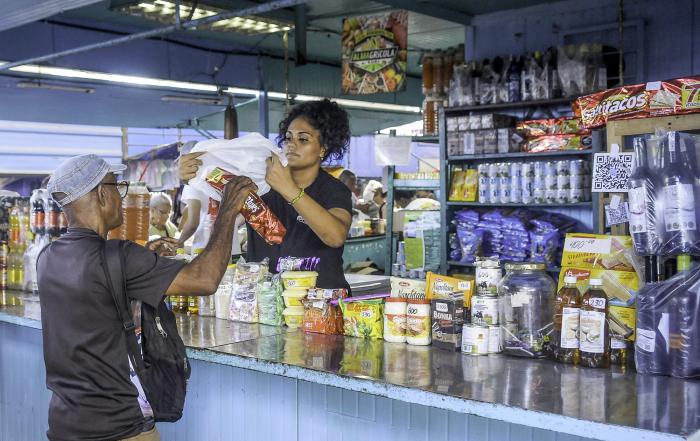Cuba maintains one of the lowest unemployment rates in the region at 1.7%, despite facing challenges of an aging workforce, structural imbalances, and growing informal employment. The figures show slightly higher unemployment among women and younger populations, according to the 2024 National Employment Survey presented by Juan Carlos Alfonso Fraga, Deputy Director of Cuba’s National Office of Statistics and Information (ONEI).
The survey indicates that about 50% of Cubans aged 15 and older are currently employed, while the remaining population is inactive due to studies, retirement, disability, or other circumstances. A notable 52.1% of the employed workforce falls within aging demographic groups, coinciding with a decline in state sector employment and growth in non-state and private sector jobs.
Joel Granda Dihigo, Deputy Director of ONEI’s Population and Development Studies Center, noted that the highest employment rates are concentrated in five provinces: Havana, Santiago de Cuba, Holguín, Granma, and Villa Clara. The survey also revealed that over three-quarters of Cuban workers have high educational attainment, including university degrees, technical training, or pre-university education.
Regarding occupational categories, service workers and professionals, scientists, and intellectuals represent the largest segments of the workforce. The survey introduced a new indicator showing that 20.1% of workers are in informal employment, defined as compensated work without social security benefits, regardless of whether they work in the formal or informal sector.
Within the non-state sector, the survey found that 58.5% of informal workers are self-employed. When including private contractors and domestic workers, the proportion rises to seven out of every ten workers in the sector operating under informal conditions. These findings highlight Cuba’s evolving employment landscape, where high educational achievement coexists with increasing informalization, particularly in the growing private sector.




